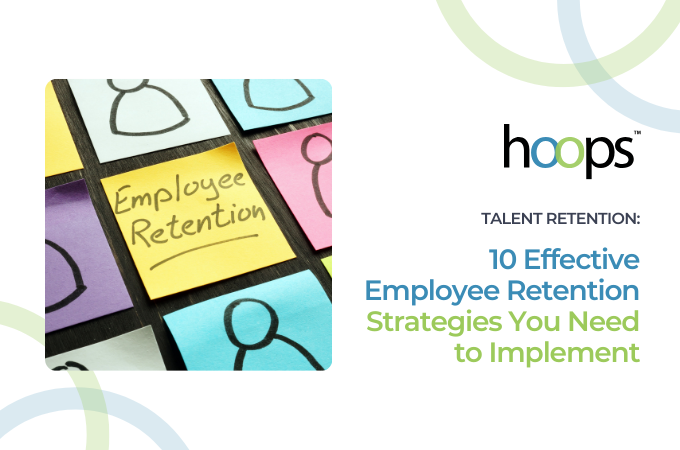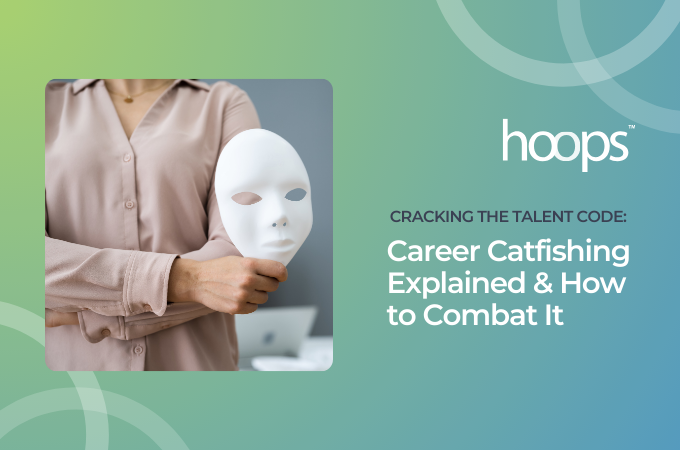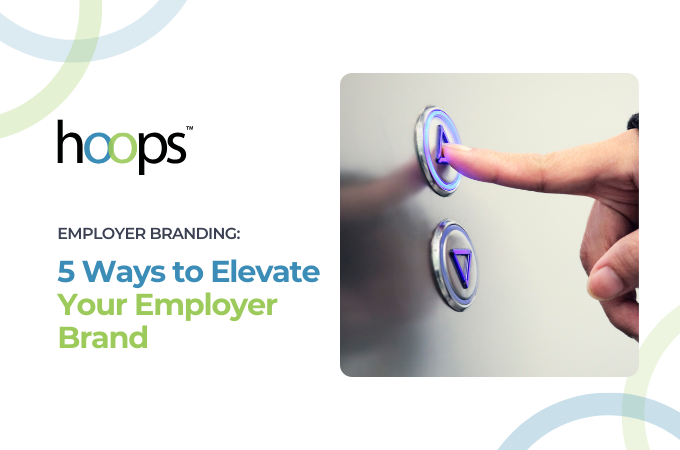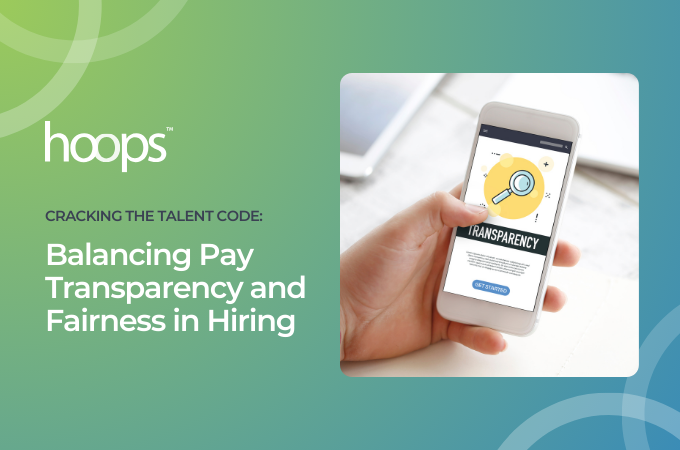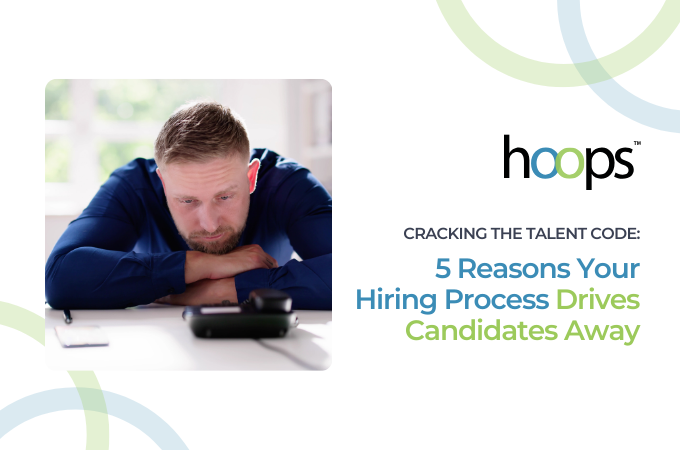The strategies that worked to attract, recruit, engage, and retain Generation Xers are ineffective with Millennials. Major studies have revealed that this generation, which now represents the largest share of the US labor market, is highly divergent from preceding generations in its attitudes about employment.
Employers are now benefitting from the insights of recent major studies into the Millennial mindset. Reports including The Center for Generational Kinetics Unlocking Millennial Talent 2015 and the 2016 Deloitte Millennial Survey: Winning over the next generation of leaders point to a new set of engagement drivers for employers to tap. Unlike Baby Boomers who thrive on a sense accomplishment, or Generation Xers who prosper most with structure and direction, Millennials value workplace experiences. These talent experiences must be geared toward developing leadership capabilities and promoting shared values and a shared sense of purpose.
It's more than engagement. It’s talent experience.
We traditionally think of driving employee engagement before creating employee experiences in human resources. The divergence of Millennials from their predecessors has changed this paradigm—on a dime.
If you haven’t already, I’d like you to reconsider the cause and effect relationship between employee engagement and employee experiences. It is actually the right employee experiences that drive engagement. We can do nothing to drive engagement outside of what we accomplish through developing meaningful talent experiences and monitoring and measuring their effects. Our focus, therefore, must be on recreating the experiences our younger candidates and employees have, beginning with pivotal milestones. We must align these experiences with proven motivational drivers, as well as with the experiences our talent has outside of the workplace, that also factor into their expectations at work.
Talent experience pays dividends to organizations that embrace it, according to Gallup research. Quantifiable results include:
- 67% Lower Employee Turnover (in low turnover organizations)
- 25% Lower Employee Turnover (in high turnover organizations)
- 37% Lower Absenteeism
- 21% Higher Productivity metrics
- 10% Higher Customer Metrics
- 22% Higher Overall Profitability
In a world with Google Assistant, Alexa and Siri, experiences must evolve.
Let’s suppose that you are a Generation Xer or Baby Boomer, and you’re sitting at home in a room that suddenly feels too warm. What do you do? You get up and manually adjust the thermostat. You press a button and adjust a lever or dial. It’s second nature. The world you came of age in with TV, radio, and oven dials trained you to respond in this way.
Millennials didn’t grow up in your world. They were weaned on the Internet, on smartphones, tablets, and innovative applications with capacitive touchscreens that took the place of outmoded buttons and knobs. Today, the thermostat experience that seems most natural to a Millennial, therefore, is app-driven. Enter the Nest Thermostat, a device that replaced the knobs on wall-mounted thermostats with touchscreen commands on a smartphone. To the Millennial, Nest was born out of necessity. In a world with artificial intelligence and articulated gestures on capacitive touchscreens, knobs and levers simply don’t belong.
The candidate and employee experiences we deliver today were born in a world that predates Millennials—and they know it. This generation has been conditioned by their experiences as consumers to expect qualities like ease, transparency, control, and respect in any process in which they engage. So when they apply for jobs, what they often encounter is a process that is acceptable to those who grew up conditioned to its imperfections. To Millennials, the experience may be unacceptable, and this generation has little tolerance for such experiences.
Poor engagement metrics may be the result of a psychic cut.
When a Millennial hits a one-click apply button on ZipRecruiter, she expects a seamless experience, and for her vital information to be transferred from the site (or LinkedIn) to her potential employer without any redundant steps. The technology exists for it, and that drives the expectation that it will be applied to this experience. So when she receives a follow-up email with a link to complete a traditional application on a site that looks like it was designed in 1999, her initial expectation of a reasonable experience ends in disappointment. She feels a sense of anxiety; something isn’t quite right with this relationship. She pulls back. She has experienced a psychic cut.
The way she feels is comparable to what a woman feels after she has been dating a man for three months, starts falling for him, and then he calls her an unflattering name in the heat of an argument. Damage has been done. She has withdrawn part of her emotional investment from the relationship. At the very least, a few weeks’ worth of apologies and flowers will be necessary to restore harmony.
A poor impression won’t be easily overcome.
As employers, we often shoot ourselves in the foot with the experiences we create for our candidates and employees. Yet we are often oblivious to our mistakes and the penance we’re paying. At a time in which a device the size of a hockey puck can instantly tell the weather in Washington, feed a dog, turn on a burglar alarm, and even change the temperature, employee experiences cannot be out of step. We can no longer hire an employee, send a letter telling him that we are excited about his start date, and fail to communicate again until he arrives for work. In that time, a psychic wound of resentment will fester, and he will start planning his exit in two years (as the average Millennial does) because of that first impression.
We may never even know how he feels. Alexa does, and she’ll be recommending his next employer.


